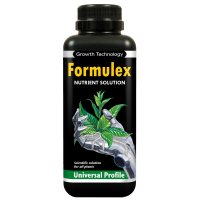WankirA
Well-Known Member
I hear that brother.Hey it's @Hdinkleman ... good to see you again.
"yield=light" ... this is so true ... light is critical !!! ... and the more I get into this grow ... the more I learn about how roots, soil, RH, canopy temperature, CO2, LST, topping, supercropping, foliar, nutrients, lumens, experience, phenotype ... I honestly had no idea 2 months ago just how much there is to learn about growing cannabis and how everything fits together to get a great yield.
Talk again soon amigo!
Btw you are doing a bang up job here, seriously..
Incidentally, ive been using formulex as a folliar spray for all my girls , after reading your notes am gratified that its helping a little more than expected: on all girls not just the seedlings & clone.
Fingers crossed for saturdays flower show.
W










